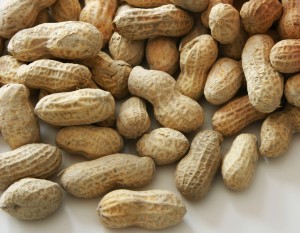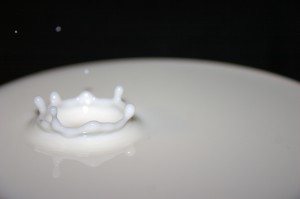What Methods Are Used To Test For Allergies or Intolerances?
Your first step in investigating any potential food allergy or intolerance is speaking with your trusted family GP or naturopath, who should ensure your symptoms are not caused by any other illness.
They will initially try and diagnose the problem by asking you questions regarding your diet and lifestyle and whether you have noticed if symptoms are worse at any particular times, so take note at the time of your symptoms and have the information ready for your practitioner.
The medical profession varies in its attitude and approach to the treatment of allergies. I saw 3 different “doctors” (General Practitioners) before I was properly diagnosed. So it pays to get a second, if not a third opinion, if you feel you are not been taken seriously or if their approach is not holistic and well-informed.
You may need to be referred to a special hospital unit or clinic for further investigation or you may be advised to speak with a dietician, if dietry changes are to be considered.
There are various ways to test for allergies and not all of these methods are recognized by medical professionals as providing reliable results.
THE RAST (RADIO ALLERGO SORBENT TEST)
This test has been used to identify acute allergies when there is an immediate reaction. It measures the levels of IgE (immunoglobulin E) antibody in your blood.
By gently placing a few concentrated drops of the suspected allergen on the patients skin, the area is then pricked and the allergen seeps in. Signs of a reaction are then observed. This can be somewhat un reliable for food allergies as often reactions can be delayed by up to 24 – 48 hours.
THE HOMOEPATHIC VEGA TEST
In this test, an electrode is placed on an acupuncture point or held in the hand. Samples of allergens are placed on the connected machine and it reads for reactions.
EXCLUSIONS & CHALLENGE DIETS
Arguable the most effective method for testing your sensitivity to foods, the exclusion of suspect substances from your every day diet, waiting to see if there is any improvement, and the re-introduction of the food can take weeks and requires strict commitment. ** COMING SOON ** Click here for more information regarding exclusion and elimination diets.







